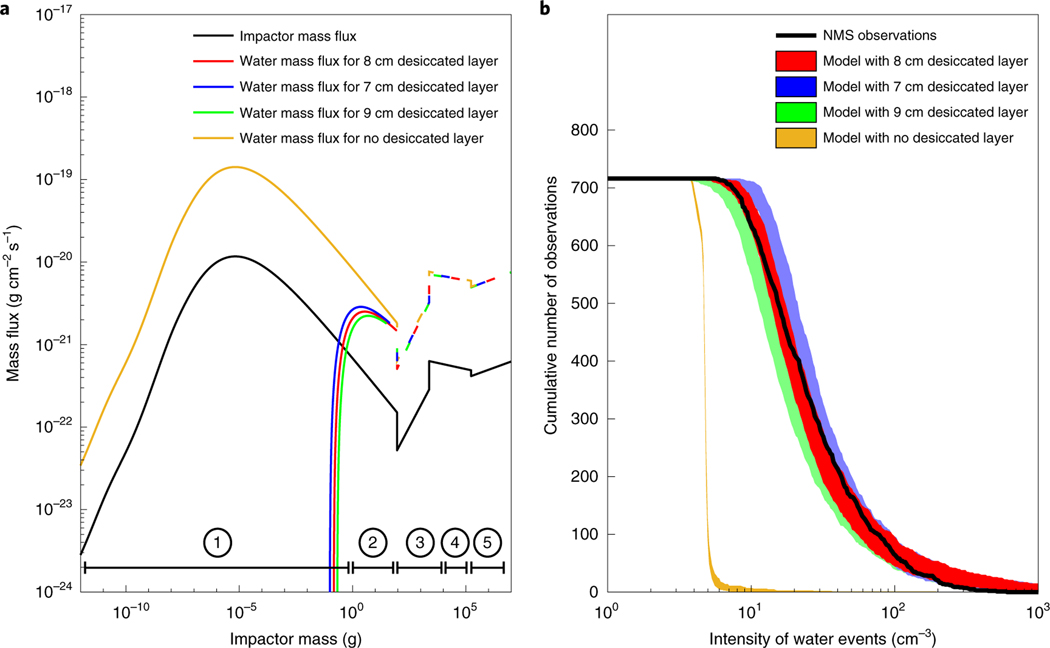Fig. 2 |. Comparison between NMS water event observations and soil hydration models.
a, A mass flux distribution model of impacting meteoroids, constructed by combining the model of Grün et al.34 (range 1) and its extrapolation (range 2), the model of Halliday et al.35 (range 3) and its extrapolation (range 4), and the model of Brown et al.36 (range 5). Water mass fluxes were calculated for lunar surfaces with desiccated top layers of 0, 7, 8 and 9 cm thicknesses. Dashed lines highlight the mass range of large impactors that are insensitive to the presence of a desiccated layer. In the absence of a desiccated layer, the water mass flux is dominated by contributions from meteoroids in the 10−8–10−2 g mass range. The inclusion of a dry top layer precludes any water release from meteoroids of <0.15 g. Impactor water mass fluxes were calculated assuming an initial exospheric water vapour temperature Te = 5,000 K. These fluxes will scale down by a factor of 2.3 for Te = 500 K. b, Models with desiccated layers replicate the cumulative distribution of the observed water events. An 8.0-cm-thick desiccated layer provides the best fit. The derived hydration H = 520 ppm for Te = 5,000 K, and H = 220 ppm for Te = 500 K. In the absence of a dry top layer, the distribution of the water events matches that of the duration of the periods of instrument inactivity (Supplementary Fig. 10). For each, the shaded areas depict the range of variation of event distributions for 100 randomly generated mission timelines. Note that results from the model with no desiccated layer in b were scaled down in intensity by a factor 100.

